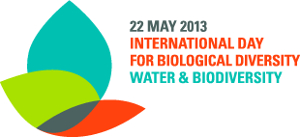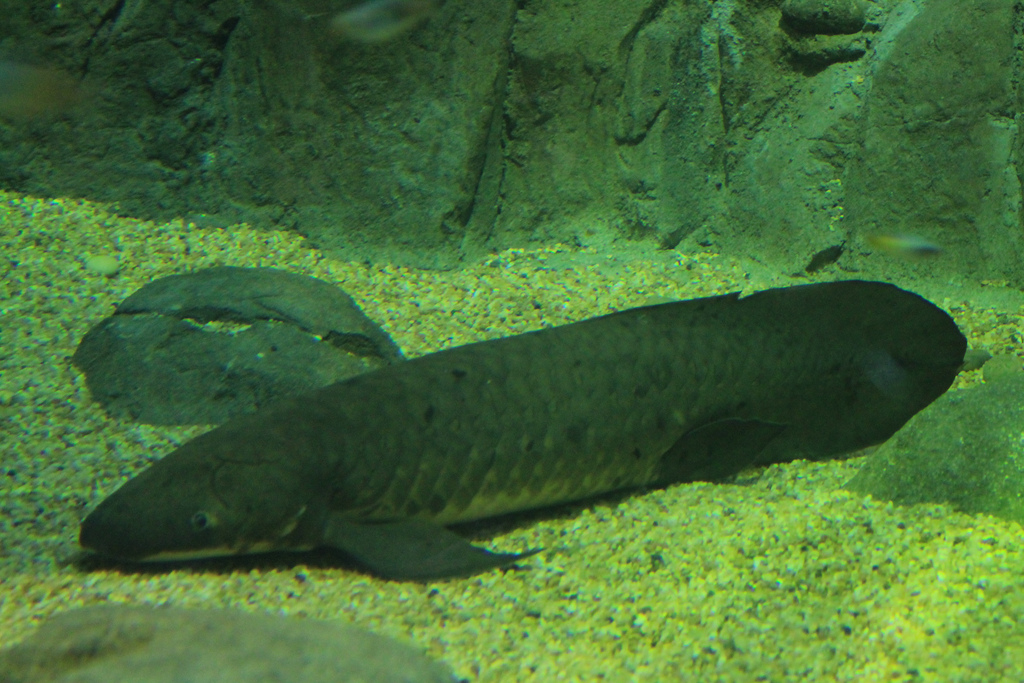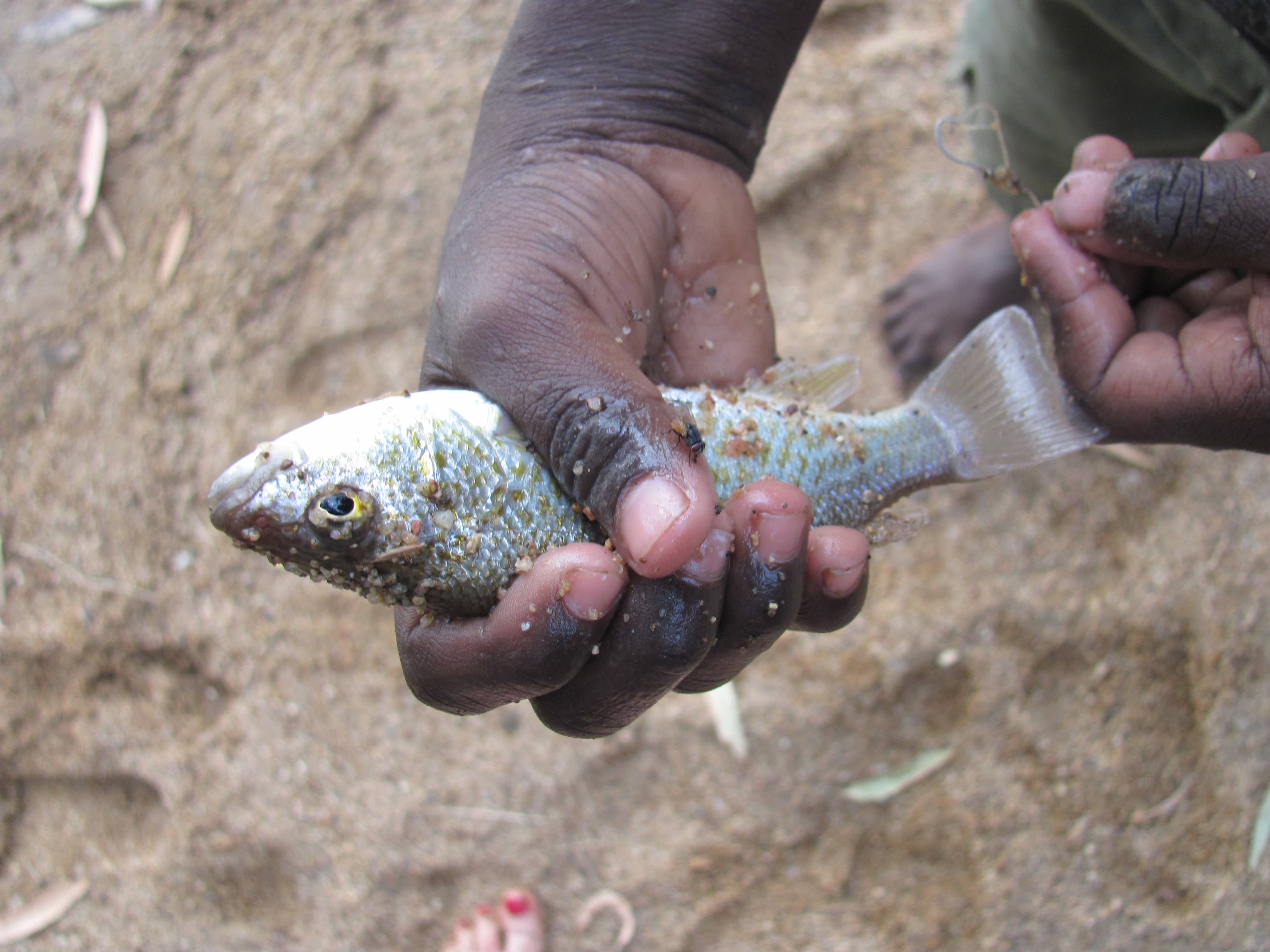If you’re reading this it is probably because you worked out at some point that without a glass of water every now and again you would simply cease to be. The importance of water to life on Earth can’t really be overstated—it’s essential.

Today, 22 May, is the International Day for Biological Diversity and this year the theme is ‘Water and Biodiversity’. So, I thought I’d share some interesting information about Australia’s freshwater ecosystems.
Australia is a dry continent and so that has repercussions for our biodiversity. For example, there are only about 300 species of freshwater fish on the Australian continent, which is the lowest of any continent of a similar size—the US has about 1000 species. But we have a wealth of aquatic ecosystems in this country that support more than just fish and a large number of species that are found nowhere else.
The Australian Lungfish is one of only three Australian primary freshwater fishes (those that evolved entirely in freshwater). It is thought to have evolved before the breakup of the supercontinent Gondwana, between 125 and 150 million years ago. Image: Loren Javier/Flickr
There are over 900 wetlands in Australia listed as being of national importance and 64 of those are also listed as being of international significance. As recently as the 1980s, our wetlands supported over one million waterbirds. Unfortunately with a decline in the state of our wetlands—about half of Australia’s wetlands have been lost to other uses—the average annual waterbird numbers had dropped to about 200 000 in 2004.
Across the 40% of Australia that is most intensively used, over 85% of the rivers have been degraded by human activity to some extent. In the Murray-Darling Basin, the most heavily affected area, 20 of its 23 rivers were rated in 2008 to be in poor or very poor ecological condition and more than half of its native fish considered threatened or rare.
So what does CSIRO know anyway? We’re doing a bit of work in the water space; check out our Water Book and a couple of our projects below:
Murray-Darling Basin Multiple Benefits Project
CSIRO was commissioned by the Murray-Darling Basin Authority (MDBA) in 2011 to lead a study of the environmental benefits to Australia that may arise from implementing MDBA’s Proposed Basin Plan and, where possible, to place a monetary value on these benefits.
The research showed implementation of the plan could bring significant benefits for the basin’s biodiversity. The increased water likely to be delivered under the proposed plan could benefit red gum forests and other vegetation communities on the lower floodplains, and fish such as Macquarie perch, golden perch and silver perch, and could also provide more minor breeding events for water birds, which should help sustain populations.
Healthier river environments would also benefit people living in the basin, through the social values they provide and their spiritual significance to Indigenous communities, and could deliver economic benefits, such as reduced water-treatment costs.
The River Murray. Image: Ian Overton
Drawing upon Indigenous water knowledge
In the first study of its kind in Australia, CSIRO, as part of the Tropical Rivers and Coastal Knowledge program, worked closely with Indigenous communities in the Northern Territory and Western Australia to understand their values and record their knowledge of freshwater ecosystems. Indigenous knowledge can tell us much about the ecology of Australia and yet historically this is an area that has been poorly documented.
To address this issue and capture important knowledge, the project drew on the knowledge of six language groups over four years to develop a series of calendars representing Aboriginal seasonal knowledge. The language groups are: the Gooniyandi and Walmajarri from the Fitzroy River area in the Kimberley region of Western Australia, the Ngan’gi, MalakMalak and Wagiman from the Daly River region in the Northern Territory, and the Gulumoerrgin/Larrakia from the Darwin region.




